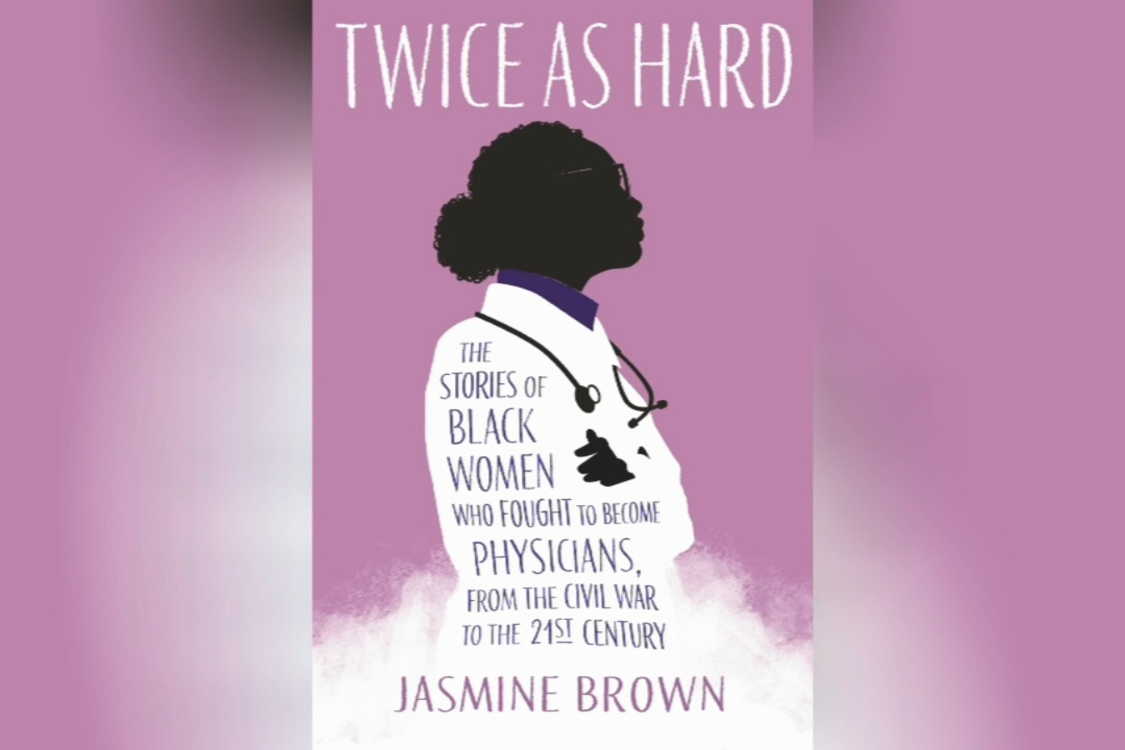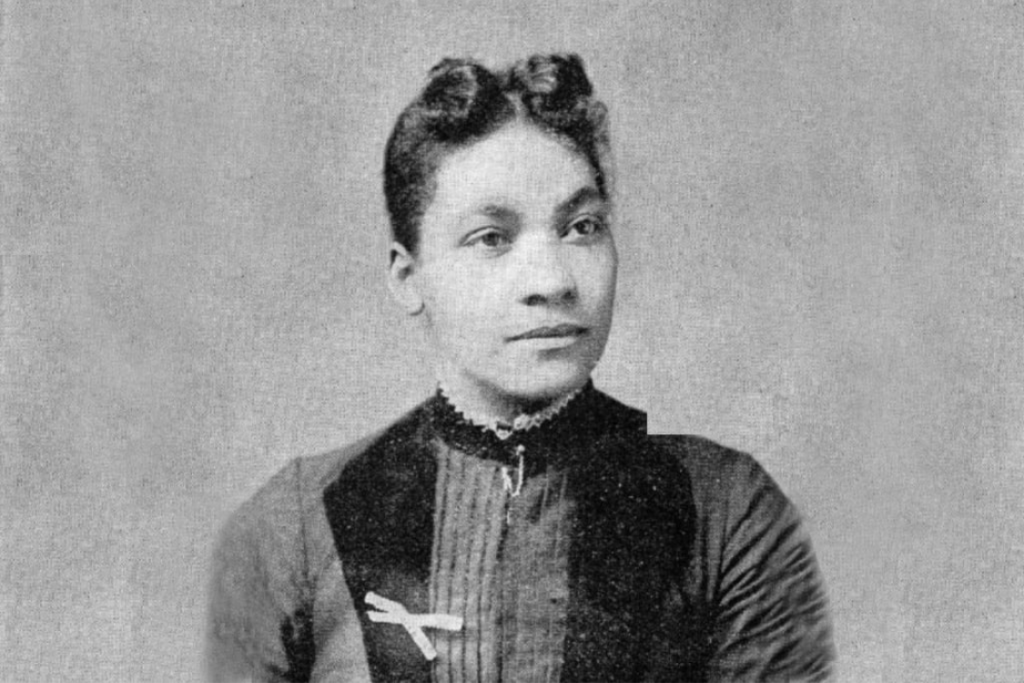
Representation is a term frequently used in discussions about diversity in the medical field, yet it is rarely examined in depth. For African Americans, particularly African American women, representation is more than just a concept—it is a beacon of possibility in professional spaces where they have historically been excluded. Across various industries in America, discriminatory laws and systemic barriers have long hindered Black individuals from advancing. Yet, despite these obstacles, countless trailblazers have fought to carve out spaces for themselves and future generations.
In Twice as Hard, author Jasmine Brown highlights the often-overlooked struggles and triumphs of African American women in medicine. The book details the experiences of nine remarkable Black women physicians, dating back to the time of the Emancipation Proclamation. Their stories are filled with perseverance, resilience, and the determination to break racial and gender barriers.
The Author’s Perspective
Jasmine Brown’s personal journey is woven throughout Twice as Hard. Her experiences with microaggressions during her undergraduate years led her to explore the intersections of race and sexism further while completing her master’s degree at Oxford. However, upon returning to the U.S. for medical school, she once again encountered the harsh realities of racism in academia. This drove her to write Twice as Hard, shining a light on the historical and present-day struggles of African American women in medicine. Her book serves as a powerful testament that Black women are just as capable, hardworking, and deserving of opportunities in the medical field as anyone else.
Breaking Barriers in the Early Years (1800-1920)
The medical field in the 19th century was almost entirely white and male. Black men faced immense barriers to entry, and for Black women, those challenges were even greater. White men first allowed white women into medicine before Black men, and finally, Black women had to fight even harder to enter this space.
One of the most significant figures in this fight was Dr. Rebecca Lee Crumpler, the first African American woman in the United States to earn a medical degree. Dr. Crumpler’s success paved the way for future Black female physicians. She graduated from the New England Female Medical College at a time when racism and sexism ran rampant in the field, but she remained steadfast in her mission to serve her community. Her courage and dedication opened doors for countless others, proving that Black women belonged in medicine.

However, progress was met with setbacks. In the early 20th century, new medical education standards, such as the Flexner Report, led to the closure of many Black medical schools. This significantly reduced the number of Black physicians, making it even harder for Black women to enter the profession. Those who persevered, like Dr. May Chinn, had to navigate predominantly white institutions where they faced racism and sexism daily. Despite these hardships, Dr. Chinn became an expert in biopsies and cancer detection, with even white and Black colleagues seeking her expertise.
The First Half of the 20th Century (1920-1960): The Role of HBCUs
Historically Black Colleges and Universities (HBCUs) played a crucial role in training Black professionals, particularly in medicine. When predominantly white institutions denied Black students entry, HBCUs provided a vital pathway for education and professional success. For example, Dr. Lena Edwards, who came from a family of professionals, attended Howard University, which helped her pursue her dream of becoming a physician.
Community support was also essential. Dr. Edith Irby Jones, the first Black woman to enroll in a white southern medical school, was able to attend the University of Arkansas thanks to financial backing from her community. This highlights a continuing issue in medical education—Black students often lack the generational wealth and resources available to their white peers, making it harder for them to afford medical training. Yet, those who make it through, like Dr. Jones, frequently give back by serving underserved communities and mentoring future generations.
The Second Half of the 20th Century (1960-Present): Overcoming Tokenism and Imposter Syndrome
As the Civil Rights Movement gained momentum, institutions began admitting small numbers of Black professionals to appear diverse, a practice known as tokenism. While this allowed some Black students to enter medical schools, it often left them feeling isolated and questioning whether they truly belonged. Imposter syndrome became a common struggle for Black physicians, yet many persisted and used their positions to advocate for their communities.
Dr. Marilyn Hughes Gaston is a prime example. Despite the barriers in her way, she made groundbreaking contributions to sickle cell research—a disease that disproportionately affects African Americans but was largely neglected in medical research at the time. Dr. Gaston’s work led to significant advancements in the treatment and management of sickle cell disease, improving the quality of life for thousands of patients.
Additionally, Black physicians often had to act as both medical providers and advocates. They fought for their patients to receive fair treatment in hospitals, mentored Black medical students, and worked to dismantle systemic barriers in healthcare. Dr. Claudia Thomas, the first Black female orthopedic surgeon, exemplified this dual role. She not only excelled in her field but also paved the way for future Black women in orthopedic surgery through mentorship and advocacy.
The Impact of Representation in Medicine
The presence of Black women in medicine has far-reaching effects beyond just increasing diversity in the workforce. Representation inspires future generations. Dr. Jocelyn Elders, the first Black woman to serve as U.S. Surgeon General, was motivated to pursue medicine after seeing Dr. Edith Irby Jones speak at a college event. Seeing someone who looked like her achieve success helped Dr. Elders believe in her own potential.
Similarly, increasing the number of Black physicians has been linked to improved health outcomes for Black patients. Studies show that Black patients often receive better care when treated by Black doctors. This is particularly critical in addressing racial disparities in healthcare, such as the Black maternal mortality crisis.
Conclusion
The women profiled in Twice as Hard shattered barriers, redefined norms, and helped shape the medical field through their perseverance and excellence. As readers engage with their stories, several key themes emerge: resilience in the face of adversity, the importance of mentorship and community support, and the ongoing fight for equal representation.
These lessons remain relevant today. While African American women in medicine have made significant strides, systemic challenges persist. However, thanks to the groundwork laid by these pioneering women, Black medical professionals continue to make transformative contributions to healthcare.
Reading Twice as Hard serves as a powerful reminder that, despite the obstacles, progress is possible. It is a must-read for anyone interested in history, medicine, and the ongoing struggle for racial and gender equity in professional spaces. For aspiring Black physicians, the book serves as both an inspiration and a roadmap for navigating a field that still has a long way to go in achieving true inclusivity.
Want to learn more about the importance of Black physicians in healthcare? Check out our other posts on health disparities and representation in medicine.

